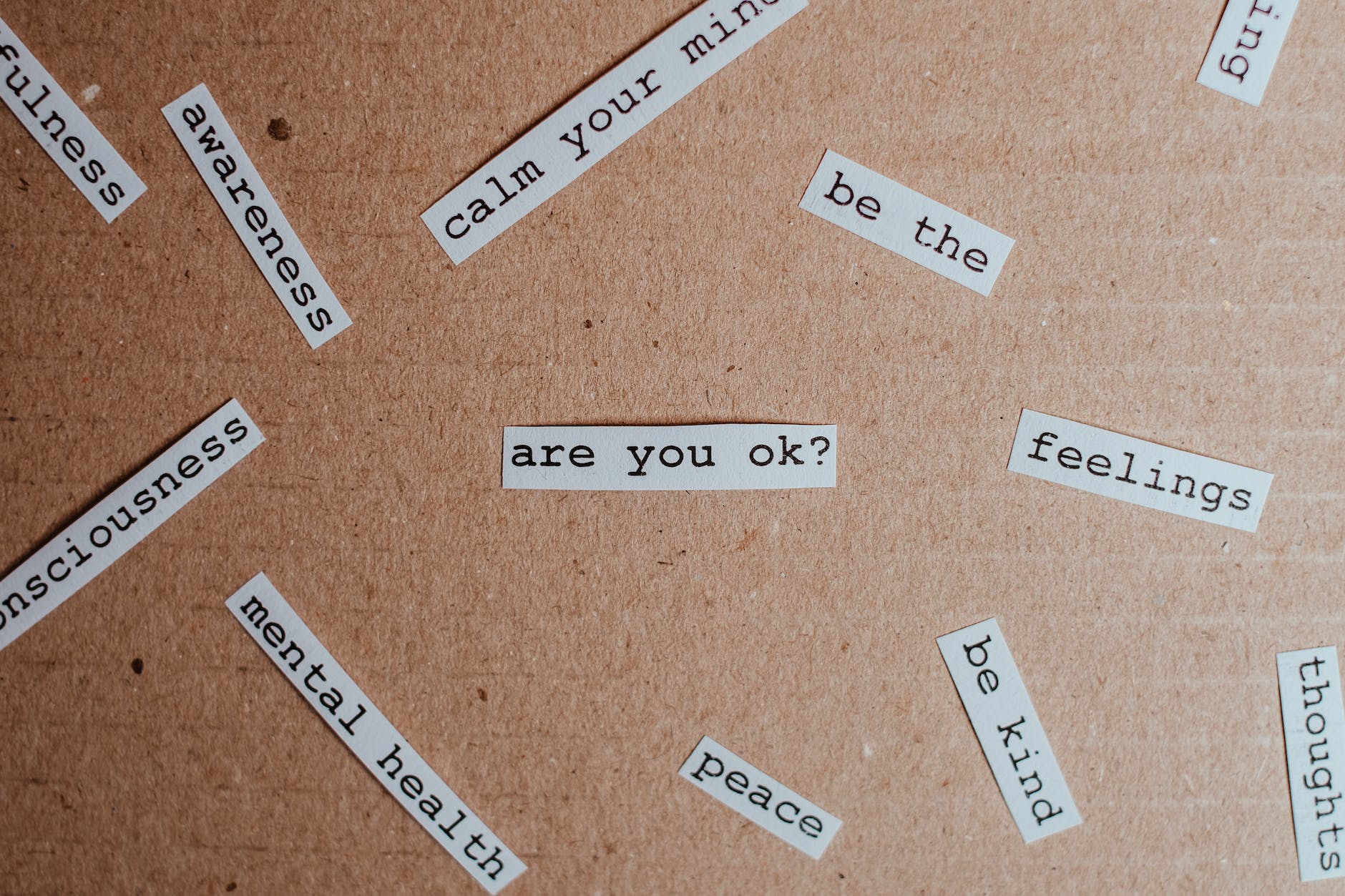“Curious” but “uncertain”, “temperamental” but “quiet”, “rebellious” but “self-conscious”, “restless” but also “compliant” and sometimes “lost”, these are only some of the adjectives that describe my personal favorite group of learners and their perfectly imperfect personalities, teenagers!
If I could pick a short headline to describe what adolescence may feel like through my eyes, it would be “a roller coaster”. The mood swings, the unidentified emotions, the transitions, the unanswered questions, the insecurities, can all be part of a scary and overwhelming phase in a person’s life … yet the ride can still be a fun one as long as the people involved trust the process and feel safe.
Witnessing these twirls, ups and downs in my adolescent students’ psychology from early on in my career, I found myself experimenting with different ways to understand how I could best come to grips with my role as their teacher and although the process has been a long, scary ride for me as well, I finally got to learn how building rapport can work wonders.
A much needed reality check
During my first year as an EFL teacher, I was so intimidated by the prospect of ‘failing’ my adolescent learners that I ended up channeling all my energy into trying to make them like me. You may think that there was nothing inherently wrong with that but looking back now I can confidently say that I was sabotaging myself. The more I tried to get my learners to like me, the more I would turn a blind eye to things that undermined the teaching and learning experience of the class and ultimately the more classroom management issues would arise.

Then I started distancing myself and building a wall between us. But the classroom management problems persisted and my self-esteem as a teacher crumbled. For all the things that I accounted for (the activities, the interaction patterns, the homework, etc.) there was always something missing, which even back then I knew was far more important than anything else.
What was it, you ask? Harmer (2015) calls it “the magic of rapport”. Our students, like all humans, are social beings and their inherent need for human contact and interaction cannot be overlooked. Nevertheless, adolescence can be a period of massive change in human behavior and the magic of rapport lies in that it can foster a sense of security and trust when it’s most needed.
Top tips
Based on the principles of human connection and communication, mutual respect, autonomy and emotional validation, here are my top 4 tips for building rapport with your adolescent students:
- Use time wisely before the start of the lesson

Greeting our students is a polite way to acknowledge their presence in the classroom but talking to them and engaging in an actual conversation is far more personal and meaningful. Showing genuine interest in what is happening in their lives should start with some open-ended questions and be followed by some active listening. This is not always feasible during the lesson, especially when it comes to large classes, so seeking such opportunities for interaction before the lesson can lead to a unique connection with your individual learners and help empower the latter to speak with greater confidence.
- Create your own code of conduct

To establish the necessary conditions of building a culture of mutual respect and acceptance, getting all members of the classroom to learn to act and communicate in a respectful way is vital. Setting clear expectations and a code of conduct is an important part of the process of forming healthy relationships and negotiating such expectations with your adolescent students. Moreover, they can help resolve problematic behaviour more effectively. Including your students in this process will not only motivate them to become more active participants but it may also make them feel safer because their wellbeing will no longer be at stake. For this measure to work well though, consistency is key. There’s no point agreeing on a code of conduct if it isn’t followed.
- Include them in the teaching and learning process

Another fundamental principle for building healthy teacher-student and student-student relationships is embracing each learner’s personality, interests, and preferences and making use of these in class. For this reason, giving the learners some choice about certain aspects of the lesson (e.g., topics/types of activities) and allowing them to work through alternative ways that suit their needs will make them feel more included and more responsible for their own learning. Being active co-constructors of their learning experience, students can then share their opinion and give feedback more openly and thus trust and accept the process of learning with fewer inhibitions. Plus, this will allow for some personalization and ultimately make the lesson more fun and appealing to them!
- Validate their feelings

The most valuable thing I learned from my students is that validating their feelings and helping them to identify and label them can help them build their emotional intelligence. Besides being liberating, it can help ease their emotional overload in a healthy way too. Having said that, if a student of yours is going through a tough time, instead of dismissing the way they feel, listen to them, and validate their feelings. Finding the right words can be really tricky though, so try to make your own list of validating statements starting with the ones below:
AVOID SAYING INSTEAD SAY
“Don’t stress” “I bet you’re frustrated”
“Don’t cry” “I am here for you”
“Don’t be sad” “That must be really hard”
Finally, do what you preach!
We cannot expect our learners to treat us with respect if we are not respectful to them. We cannot demand that a student lowers their voice if we raise ours. Teenagers’ feelings, worries, hopes, dreams, concerns, and problems are as important as everyone else’s and their right to express themselves should not be taken for granted. To continue with the roller-coaster metaphor, teens should not be expected to stay quiet during the ride. They are allowed to shout, and cry and they can experience all the feelings in the world. Letting them know that’s ok can make a huge difference in their lives.
References
Harmer, J. (2015) The Practice of English Language Teaching, 5th ed. Harlow: Longman.


